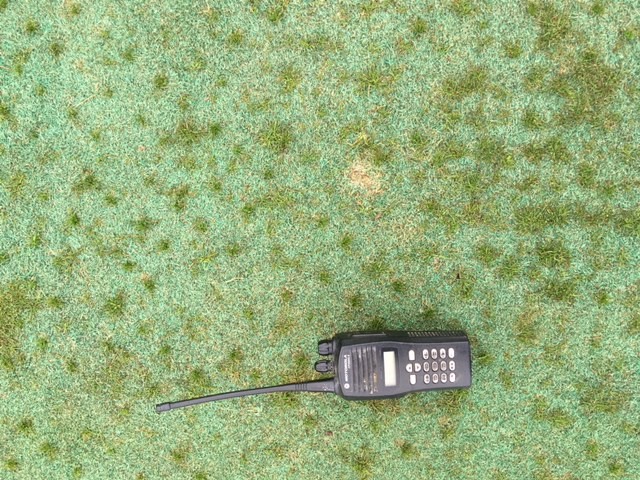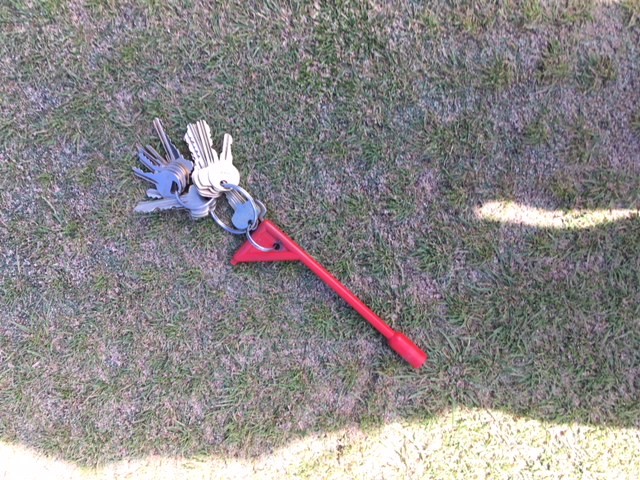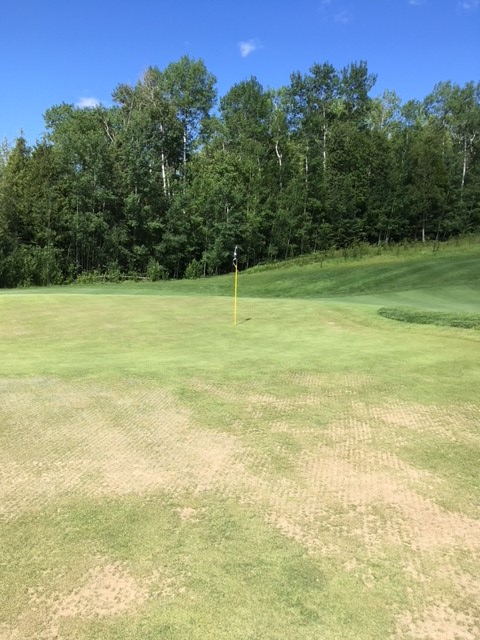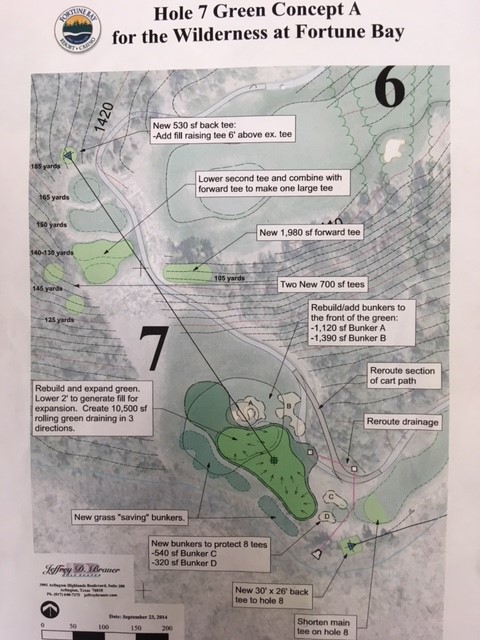As I reflect on the 34 years of golf course maintenance experience on the golf course, I can think of three years where I truly was relieved when they were over. The first was the summer of 1988 in Aurora, Illinois (I was a crew member then) dealing with a hot and extremely dry summer where we simply could not get enough water on the golf course. I remember hand watering fairways for days on end. Tough year. The next year I remember was the summer of 1995 in Itasca, Illinois (my first Superintendent position). That summer was hot with extremely high humidity. Too much rain. Many lost greens-or came close to doing so-at the height of that summer. A tougher year. The final year that makes this list as the toughest year is 2018 in Tower, Minnesota-and not due to a stressful summer but rather a halacious, long winter followed by a brief, cold spring which was immediately followed by a storm producing early summer that washes out bunkers, knocks down trees, scatters debris everywhere, and makes it too wet for us to do much of anything on the golf course. You do this job long enough, this kind of stuff is going to happen. All whining aside, I have, in a sick kind of way, enjoyed the challenge of driving a recovery. This has been a nice break from the humdrum routine of golf course maintenance and while sometimes it gets old dealing with the complaints, I also know that we are almost out of the woods and will be able to put most of this mess behind us in the next few weeks. Moving on to specifics:

7 Green June 7, 2018

7 Green July 6, 2018
While still not quite there yet, 7 green is, believe it or not, in much better shape now than it was a month ago. Note how much more grass there is on the playing surface (do not let the green pigments fool you in previous photo). Believe me when I say that this is not easy to do when we are open for play on an undersized green-as the picture below shows:

July 6, 2018
The area where the flagstick is installed for the first time this year was completely and thoroughly dead 6-7 weeks ago. The upper tier in the foreground was looking good initially but the inability to distribute the wear on the green to multiple locations has made recovery tough-you can see where we seeded but there is just too much foot traffic to have as good a recovery as we have had on the other greens. In addition, the design of seven is such that all traffic is funneled to the same side of the green over and over again. The plan is to use a combination of sod and hex plugs on the weaker areas of this green over the next week to move it along. Number 7 is and always has been our problematic golf hole.
Most golf courses have one of these. It could be a green with too much shade. It could be an area with terrible drainage or poor soils. In the case of 7, it is an undersized green with a sub-optimal traffic distribution design. My intention here is not to complain about the design-when building a new course it is often not possible to foresee all problems that may develop over time. Construction deadlines and budget limitations sometimes make it difficult to do everything perfectly. What is important is to try to make improvements for the future. For this reason, in 2014 I asked our original architect-Jeff Brauer-to put together a set of plans to improve this hole’s performance and he came up with this plan:

Making this change would turn a weakness on the golf course into a strength. The setup options for this hole would be exciting with a great deal of variety. The ability to distribute wear on a green three times the size of the current one would be very helpful. While I do not see this happening anytime in the near future, I do think that this is certainly something that deserves some serious consideration.
During this entire golf season, I have made great efforts to be completely honest about our condition. I have made a point to show the most troubled parts of the course and explain the causes and remedial actions. Rest assured, most of the golf course is moving rapidly toward tip top conditioning. I can say with confidence that our condition has improved with the passing of every day. We are in the process of bringing down our cutting heights to their normal height while improving putting surfaces with sand topdressing. Already, the trueness and speed on greens is improving and will continue to do so as we move away from growing out of damage and into techniques that improve playability. As I have mentioned before, this is a process that takes time and requires patience.
The entire crew appreciates the patience you have shown for this recovery. This season has caused an increased workload for everyone. We are just as happy as you are to be moving away from this chapter in the golf course’s history and into a time of routine maintenance.
See you on the golf course,
Vincent Dodge

